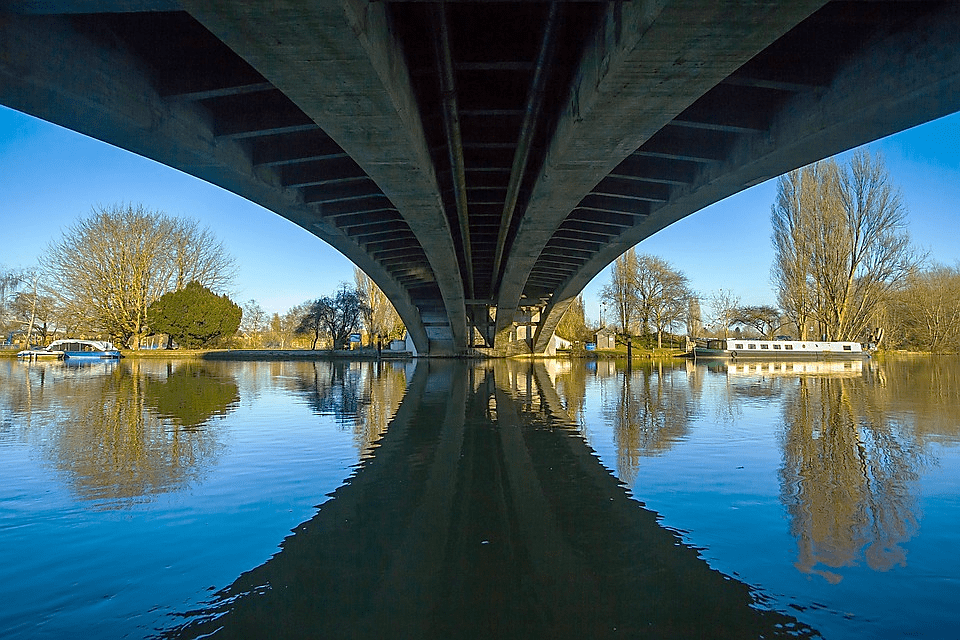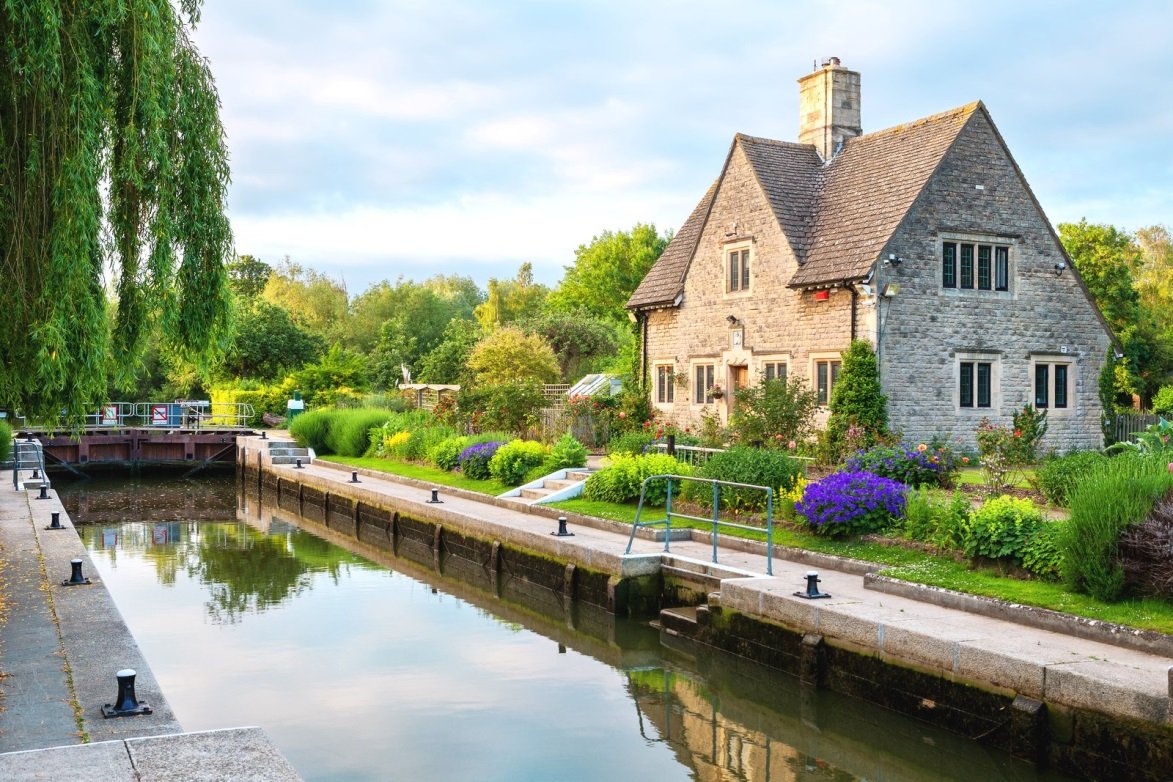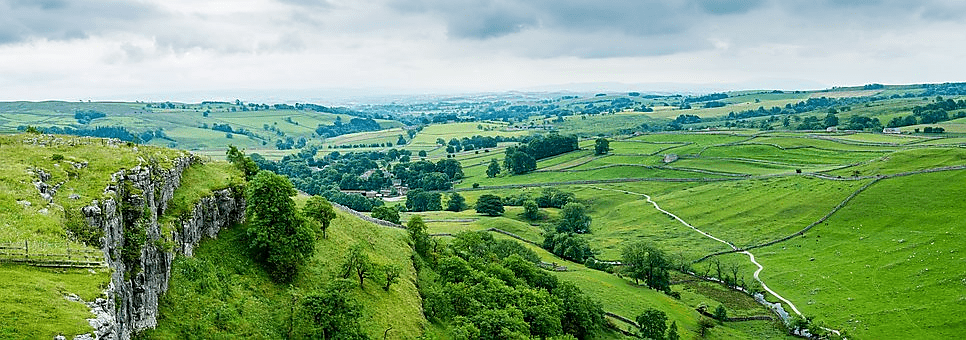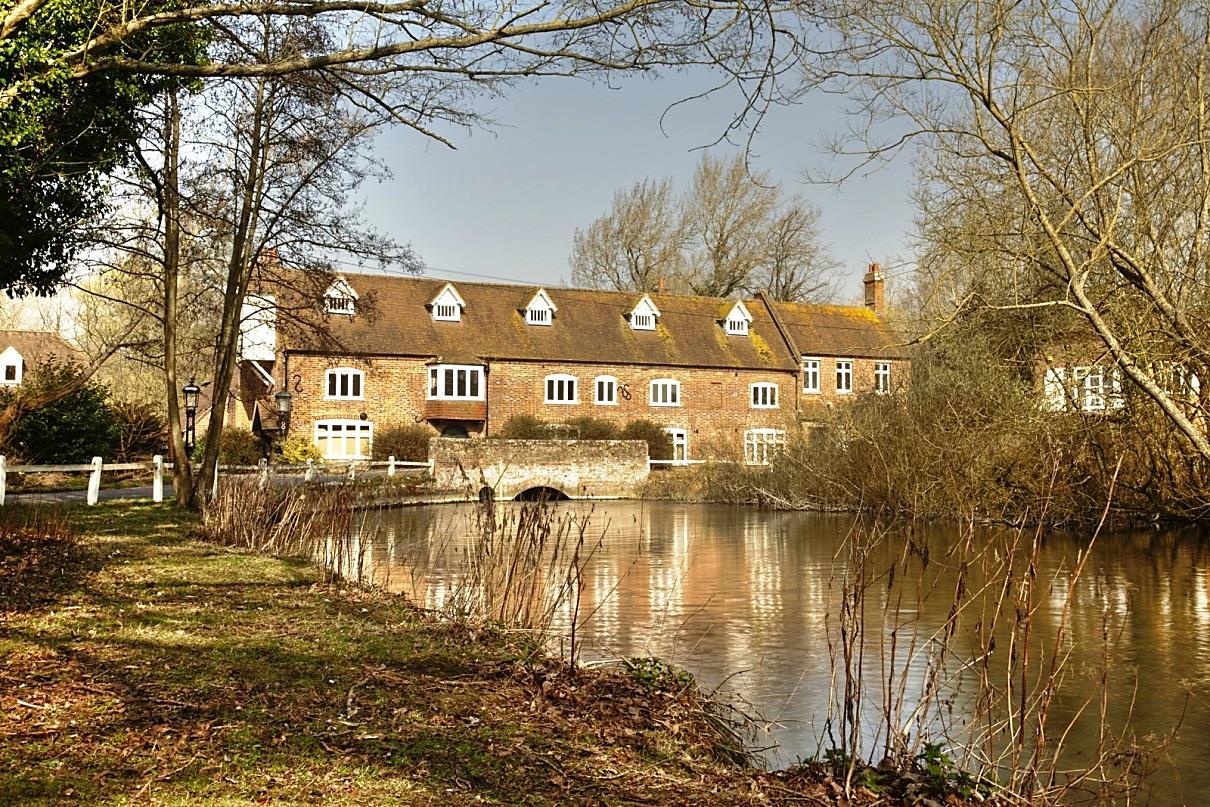
by Belinda Ollewagen | Jan 31, 2018 | Hot Water Taps, Water Coolers
With our lives moving at the speed of light and technological advances occurring at an exponential rate, it’s easy to see how and why our lives have become so frenetic. We spend more and more time at the office, glued to our desks, taking fewer and fewer breaks. And while that might seem necessary in the short-term (how else are we supposed to get everything done?); in the long-term it negatively impacts our well-being and productivity.
A University of Illinois study found that allowing subjects to take two brief breaks during a long task allowed participants to remain focused during the entire experiment – those not allowed a respite experienced a drop in performance. Numerous studies show that taking a break boosts energy, concentration and motivation – but when, and how often that happens also affects the results. Baylor University researchers found that ‘the most beneficial time to take a workday break is mid-morning. People who take ‘better breaks’ experience better health and increased job satisfaction. [And] Longer breaks are good, but it’s beneficial to take frequent short breaks [too]’.
Which brings us neatly to the office breakout area. Based on the above, it’s clear to see why a rest area is so essential for employee health and well-being. Sometimes business owners, especially those of small to medium size organisations, tend to think the cost of providing such an area outweighs the benefits, but that’s not the case. A breakout area needn’t be extravagant, it can be in a separate room or even a cordoned off section in an open plan office, as long as there are comfortable chairs and a water point so that employees can relax with a tea or coffee.
Which is another important factor in productivity – hydration. We all know how harmful dehydration can be, but studies show that even mild dehydration can affect our mood, cognitive ability and productivity. It’s paramount that we drink liquid regularly throughout the day, water of course is best, but tea and coffee also count towards the daily target. As the UK’s leading water cooler supplier, AquAid regularly help offices of all sizes with their hydration needs – we offer a wide variety of high-quality bottled and mains fed water coolers to choose from. We also offer a stylish range of Instant Taps – hot water taps and chilled taps that can dispense hot, ambient or chilled filtered water at the touch of a button. Compact and convenient, our Instant Taps are fitted into the countertop with the water unit discreetly installed underneath the worktop.
By creating a breakout area and having water at the ready, you not only help your employees remain alert, hydrated and productive, but you save on time and energy too. And as we know that each organisation’s needs are different, we tailor our recommendation to suit your requirements – whether that be hot water taps or mains fed water coolers, together we’ll find the best solution for you and your team.

by Fern Shaw | Jan 8, 2018 | aquaid reading, water cooler, Water Coolers
Located in South East England, our AquAid Reading branch opened its doors in 2000 and is owned and managed by the highly-experienced Steve Wood. Steve and his team supply an extensive range of innovative and high-quality water coolers and dispensers to offices, worksites, medical facilities, universities, colleges and schools in and around the Reading area. Committed to meeting AquAid’s exacting customer service standards, they pride themselves on the superior service they provide to more than 1,200 customers.
AquAid Reading provides tip top services and top quality water coolers and dispensers to the following areas:
Abingdon, Aldershot, Alton, Ascot, Bracknell, Camberley, Crowthorne, Didcot, Farnborough, Farnham, Fleet, Henley-on-Thames, Maidenhead, Marlow, Oxford, Reading, Wallingford, Wantage, Windsor, Wokingham.
AquAid Reading are located at: Unit C7 Reading Small Business Centre, Weldale Street, Reading, RG1 7BX
Here are a few titbits about the areas where AquAid Reading provide their services to:
Ascot: Ascot Racecourse was founded by Queen Anne in 1711. The first race – Her Majesty’s Plate – was run that year, for a purse of 100 guineas. The racecourse remains the property of the reigning monarch, and of course hosts the royal meeting that is one of the great events of ‘the season’. Ascot is a corruption of the original name of East Cote.*
Reading: Jane Austen attended what became the town’s Abbey School. It was actually then called Reading Ladies’ Boarding School, and was located within the precincts of the Abbey.
Mapledurham House is the original setting for Toad of Toad Hall. E.H. Shepard’s drawing closely resembles the building – though various others claim the honour too.
Windsor: Windsor Castle is the largest inhabited castle in the world. Successive monarchs from William the Conqueror onwards have had a hand in extending and altering the building. What began as a motte and bailey fortress to dominate the Thames metamorphosed over centuries – George IV in particular employing the architect Jeffry Wyatt to make changes a Disney designer would blush at – extra crenellations, more oriel windows, and another 30 feet or more on the Norman round tower.
Wherever you’re based in one of the A’s, C’s and W’s of AquAid Reading , the branch caters for all of your water cooler and dispenser needs. Contact one of their helpful team today.
*source: Information Britain

by Fern Shaw | Jan 8, 2018 | aquaid aylesbury, water cooler, Water Coolers
Our AquAid Aylesbury branch, based in Gate House Way, opened its doors in 2003 and is owned and managed by the highly-experienced Oliver Pearson. Oliver and his team supply an extensive range of innovative and high quality water coolers and dispensers to service a broad range of customers in offices; on worksites; at festivals, production shoots; medical care facilities, hospitals; retirement homes; colleges; schools and universities.
AquAid Aylesbury provides their top notch services to more than 1,000 customers throughout the following areas:
Aylesbury, Banbury, Bicester, Dunstable, Harpenden, Harrow, Hemel Hempstead, High Wycombe, Leighton Buzzard, Luton, Oxford, Rickmansworth, Ruislip, Slough, St Albans, Thame, The Chalfonts, Uxbridge, Watford.
You’ll find AquAid Aylesbury at: Unit 7, The Point, Gate House Way, Aylesbury, Bucks, HP19 8D
A few quick facts about Aylesbury (and beyond) – which even if you’re in these areas born-and-bred, you may not know:
Aylesbury
The TV series ‘Midsomer Murders’ is shot in and around Aylesbury. While John Nettles is the ostensible star of the series which has produced more corpses than a biblical plague, the Chilterns and Vale of Aylesbury villages that provide its picturesque locations have won a multitude of admirers of their own around the globe, many fans now making Midsomer Murders pilgrimages.*
Banbury
Possibly the town’s biggest claim to fame is the nursery rhyme ‘Ride a cock horse to Banbury Cross’. Unfortunately, the Banbury Cross described in the nursery rhyme is no longer in the state as described in the rhyme, since it was knocked down by Puritans in July 1600.
There is now a statue of the fine lady mentioned in the nursery rhyme, which was unveiled in 2005. The bronze statue was sculpted in Stoke and cast in Denbighshire, except for the frog on the base, which was made in Birmingham and added later. The fine lady’s sculptors also constructed the statue of Stanley Matthews outside Stoke City’s Britannia Stadium.*
Harrow
Next time you post a letter, remember the pillar box was introduced to Britain by author Anthony Trollope, who went to Harrow School and later worked as a Royal Mail surveyor.*
Oxford
Oxford has more published writers per square mile than anywhere else in the world. It is only here that you can visit The Eagle and Child on St Giles (JRR Tolkien’s and CS Lewis’ Inklings meeting spot) then wander over to Alice’s Shop and see the real-life inspiration for Lewis Carroll’s Wonderland. A short walk to the Oxford Botanic Gardens will also take you to the bench at the back of the Garden that features in The Amber Spyglass by the famous author Philip Pullman.*
St. Albans
The Clock Tower at the end of St Peter’s Street in St Albans used to house Gabriel the curfew bell, which sounded every morning at 4am and in the evening at 8pm or 9pm. It was last rung in 1901 for Queen Victoria’s funeral.*
Wherever you’re based in one of the 19 locales detailed above, AquAid Aylesbury caters for all your water cooler and dispenser needs. Contact one of their helpful team today.
*sources: Information Britain; 41Southbar; Harrow Times; Obelisk Tours; Galliard Homes

by Fern Shaw | Nov 2, 2017 | aquaid yorkshire and humber, water cooler, Water Coolers
AquAid Water Coolers has been in operation for the past 25 years. We’ve grown from our humble beginnings in 1992 to having 23 branches nationwide, supplying an extensive range of Bottled and Mains-Fed water coolers, water dispensers, water boilers and water related products to more than 33,000 customers throughout the UK.
AquAid have two branches in Yorkshire and Humber, servicing more than 2,500 customers collectively:
AquAid Leeds and AquAid Sheffield
Our AquAid Leeds branch opened its doors in 2001 and is managed by Chris Wills, Sales Director. Based in Wakefield, Chris and his team supply an extensive range of innovative and high-quality water coolers and dispensers to businesses, offices, medical centres, universities, colleges and schools to hundreds of customers in and around Leeds.
Areas Covered: Beverley, Bingley, Bradford, Bridlington, Dewsbury, East Yorkshire, Halifax, Harrogate, Huddersfield, Hull, Keighley, Knaresborough, Leeds, North Yorkshire, Pontefract, Scarborough, Selby, Shipley, Skipton, Wakefield, West Yorkshire, Wetherby, York.
AquAid Leeds is located at: Unit 9, Millenia Park, Thornes Road, Wakefield, WF2 8PW.
AquAid Sheffield is an AquAid stalwart. Beginning operations 19 years ago in 1998, the branch is owned and managed by the very accomplished Andrew Welsh. Based in Maltby, Andrew and his team supply an extensive range of innovative and high-quality water coolers and dispensers to businesses, offices, medical centres, universities, colleges and schools to nearly 2,000 customers in and around the Sheffield area.
Areas Covered: Barnsley, Chesterfield, Doncaster, Goole, Grimsby, Lincoln, Mansfield, Retford, Rotherham, Scunthorpe, Worksop.
You’ll find AquAid Sheffield at: Unit B4, Aven Industrial Park, Tickhill Road, Maltby, Sheffield, S66 7QR
Wherever you’re based in Yorkshire and Humber, AquAid Leeds and AquAid Sheffield are more than equipped to meet all of your water cooler and water related product requirements.
To contact your local Yorkshire and Humber representative, select the link for your relevant branch now.

by Fern Shaw | Nov 2, 2017 | water cooler, Water Coolers
AquAid Swindon opened its doors in 2001 and is owned and managed by the very accomplished Alex Freedman. Based in Wiltshire, Alex and his team supply an extensive range of innovative and high-quality water coolers, dispensers and boilers to more than 600 customers in and around the Swindon area.
Areas Covered: Basingstoke, Calne, Chippenham, Corsham, Devizes, Faringdon, Hartley Wintney, Highworth, Hook (Hants), Hungerford, Marlborough, Melksham, New Greenham Park, Newbury, Shrivenham, Swindon, Thatcham, Wootton Bassett.
You’ll find AquAid Swindon at: Unit 4, Salisbury Road Business Park, Pewsey, Wiltshire, SN9 5PZ.
The 18 locales that AquAid Swindon service and supply water coolers to are chock full of interesting perhaps lesser known information:
Burberry originated in Basingstoke. The 160 year-old global fashion brand with a distinctly British attitude was the brainchild of a Basingstoke man. Thomas Burberry was an apprentice draper from Basingstoke, who at the tender age of 21 established a process for waterproofing yarn and cloth after a chance conversation with a shepherd. Recognising that the shepherd’s clothing had seemingly become waterproof through contact with lanolin, Thomas Burberry invented a breathable waterproof fabric for outdoor clothes. The first Burberry store opened in Basingstoke on Winchester Street in 1856 and the rest, as they say, is history.*
You’ll find the longest flight of locks on Britain’s waterways is to be found near Devizes. The 29-lock stretch on two miles of the Kennet and Avon Canal climbs 230 foot high Caen Hill, and was understandably the last part of that project to be completed. It takes an experienced user a good five hours to pass through the system designed by the great canal engineer John Rennie.*
Paddington Bear owes a lot to Newbury. We all know that Paddington Bear arrived in Britain from Peru but the author, Michael Bond, was born in Newbury back in 1926.*
Whether you’re based in Chippenham, Marlborough or Thatcham, AquAid Swindon are more than equipped to meet all of your water cooler and water related product requirements. Contact one of their friendly team today.
*sources: ESA Serviced Apartments Information Britain Sansome and George





